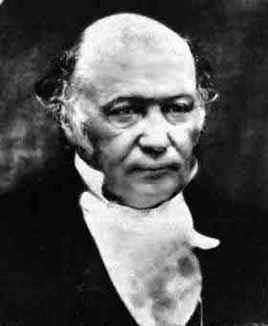|
Hamiltonian Mechanics
In physics, Hamiltonian mechanics is a reformulation of Lagrangian mechanics that emerged in 1833. Introduced by Sir William Rowan Hamilton, Hamiltonian mechanics replaces (generalized) velocities \dot q^i used in Lagrangian mechanics with (generalized) ''momenta''. Both theories provide interpretations of classical mechanics and describe the same physical phenomena. Hamiltonian mechanics has a close relationship with geometry (notably, symplectic geometry and Poisson structures) and serves as a Hamilton–Jacobi equation, link between classical and quantum mechanics. Overview Phase space coordinates (''p'', ''q'') and Hamiltonian ''H'' Let (M, \mathcal L) be a Lagrangian mechanics, mechanical system with configuration space (physics), configuration space M and smooth Lagrangian_mechanics#Lagrangian, Lagrangian \mathcal L. Select a standard coordinate system (\boldsymbol,\boldsymbol) on M. The quantities \textstyle p_i(\boldsymbol,\boldsymbol,t) ~\stackrel~ / are called ''m ... [...More Info...] [...Related Items...] OR: [Wikipedia] [Google] [Baidu] |
Scleronomic
A Physical system, mechanical system is scleronomous if the equations of Constraint (classical mechanics), constraints do not contain the time as an explicit Variable (mathematics), variable and the equation of constraints can be described by generalized coordinates. Such constraints are called scleronomic constraints. The opposite of scleronomous is rheonomous. Application In 3-D space, a particle with mass m\,\!, velocity \mathbf has kinetic energy T T =\fracm v^2 . Velocity is the derivative of position r with respect to time t\,\!. Use chain rule#Chain rule for several variables, chain rule for several variables: \mathbf = \frac = \sum_i\ \frac \dot_i + \frac . where q_i are Generalized_coordinates#Holonomic_constraints, generalized coordinates. Therefore, T = \frac m \left(\sum_i\ \frac\dot_i+\frac\right)^2 . Rearranging the terms carefully, \begin T &= T_0 + T_1 + T_2 : \\[1ex] T_0 &= \frac m \left(\frac\right)^2 , \\ T_1 &= \sum_i\ m\frac\cdot \frac\dot_i\,\!, \\ T_ ... [...More Info...] [...Related Items...] OR: [Wikipedia] [Google] [Baidu] |
